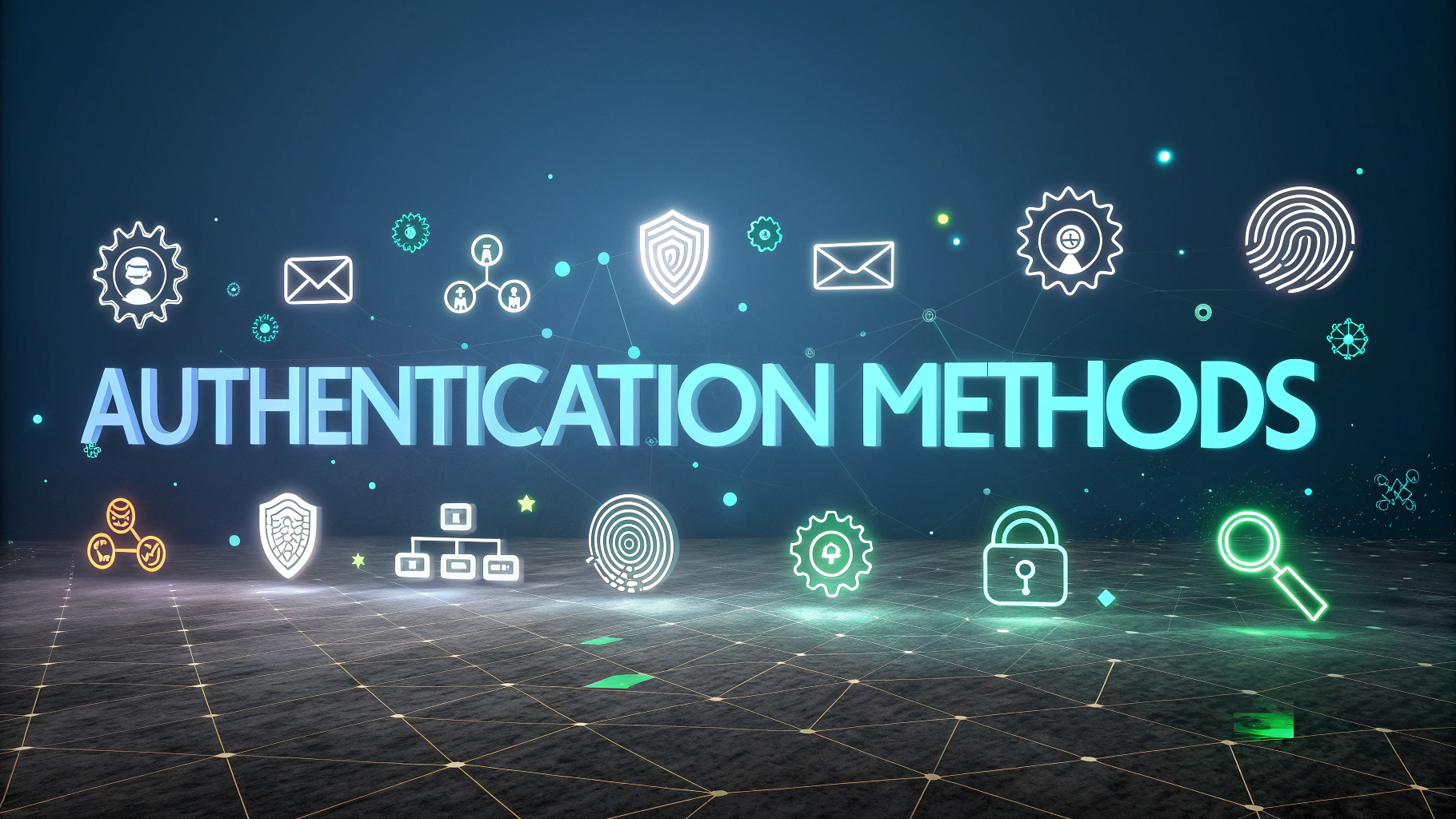2FA Implementation
Two-factor authentication (2FA) adds an extra security layer beyond traditional passwords by requiring a second verification method. Typical 2FA methods include SMS codes, authenticator apps, hardware tokens, and biometric verification like fingerprints or facial recognition. Implementing 2FA significantly reduces the risk of unauthorized account access, making it a critical security strategy for businesses and individuals. … Read more


